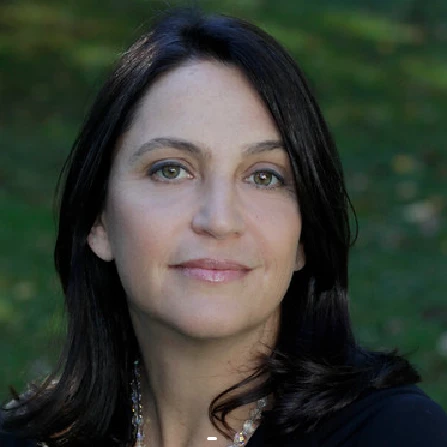In today’s New York Times, Nicholas Kristof gives the example of a family in Malawi that improved their lives as the result of a village savings group. We know that access to banks, cooperatives, and microfinance institutions has allowed many adults like the Nasoni family to safely save for the future, invest in an education or insure against risk, but just how widespread is the use of formal financial products worldwide? How do the barriers to access vary across regions? And how do the unbanked manage their finances?
In the past, the view of financial inclusion around the world had been incomplete. With the release of the Global Financial Inclusion (Global Findex) Database we now have a comprehensive, individual-level, and publicly-available database that allows for comparisons across 148 economies of how adults around the world manage save, borrow, make payments and manage risk. As cited in the article, the Global Findex data shows that more than 2.5 billion adults around the world don’t have a bank account.
There are also marked differences in how adults save. Worldwide, about one in four adults (22%) reports having saved formally at a bank, credit union, or MFI in the past 12 months. But in many regions, such as Sub-Saharan Africa, community-based saving arrangements are common alternatives (or complements) to saving at a formal financial institution. For instance, in Sub-Saharan Africa, 19% of all adults and 48% of savers (and 53% of female savers) report they have used a community based savings group.
While informal savings clubs can fill an important gap in places where traditional banking is prohibitively expensive or unavailable, there are nontrivial downsides to these arrangements. Their essential characteristic – informality – is accompanied by risks of fraud and collapse. In additional, the cyclical nature of contributions and disbursements can be too rigid for some people and out of sync with their needs to deposit surplus income or quickly withdraw funds for an emergency.
We find that adults who save informally find the physical, bureaucratic and cost barriers to opening a formal account to be especially prohibitive. Policymakers and practitioners can use data like the Global Findex to identify market segments that save informally—and develop new products and technology (like bank agents and mobile technology) to encourage greater formal savings.
The complete database, report, and survey in 15 languages are available at http://www.worldbank.org/globalfindex.



Join the Conversation